Solar System Teaching Resources
Rocket your students into your next space lesson with solar system projects and diagrams, activities designed around the planets and moon phases, and hundreds more teaching resources created by teachers for your classroom!
Aligned with NGSS curriculum standards, each solar system-focused teacher resource has undergone the Teach Starter teacher team's thorough review process to ensure it's ready to use in your classroom.
This collection of curriculum-aligned teaching resources makes teaching about the planets, sun, moon, and the rest of the galaxy easy with editable templates that can be easily adapted to differentiate instruction for your individual students.
New to this part of the science curriculum or just looking for fresh ideas to inspire kids about space? Read on for a primer from our teacher team, including a definition of solar system to share with students and a look at the difference between this space concept and galaxies.
What Is the Solar System? A Kid-Friendly Definition
To start you off, our teacher team has created a definition you can use in the classroom to introduce the solar system to your students.
The solar system is made up of a single star with planets rotating around it.
The solar system that we call home has the sun at the center — yes, the sun is a star! — and it includes planet Earth, plus other planets, moons, asteroids, comets and other outer space objects.
The sun, which is seen at left, is the only star in our solar system.
Solar System vs. Galaxy — What's the Difference?
If a solar system is comprised of the sun and the planets, what's a galaxy?
The easiest way to explain the difference between these two is to tell your class that a galaxy is a gigantic group of solar systems, all gathered together.
Kids can think of the galaxy as a big, extended family of solar systems.
Earth is located in the Milky Way galaxy, which includes a huge number of different solar systems — more than 3,000!
How Many Planets Are in Our Solar System?
The solar system that we call home as residents of Earth is made up of eight planets — Mercury, Venus, Earth, Mars, Jupiter, Saturn, Uranus and Neptune — plus one dwarf planet, Pluto!
- Plus Plan
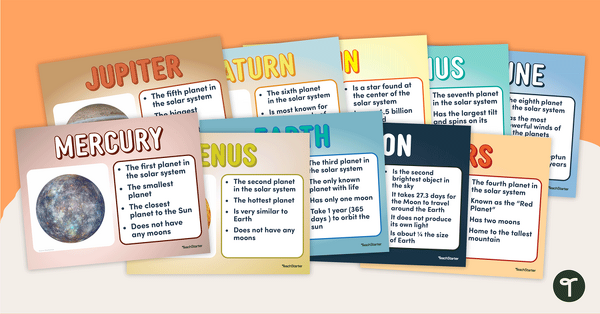
Individual Planet Posters
Use this set of posters with your space unit when teaching the individual planets.
- Plus Plan
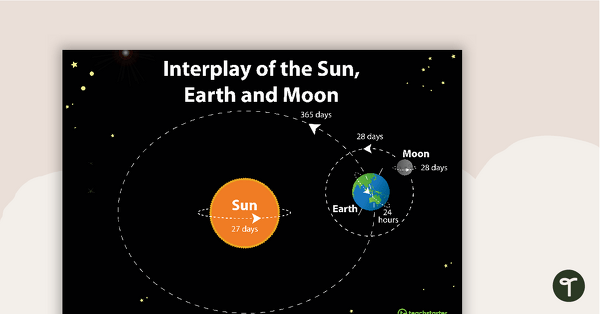
Interplay of the Sun, Earth and Moon Poster
A poster showing the interplay of the Sun, Earth and Moon.
- Plus Plan
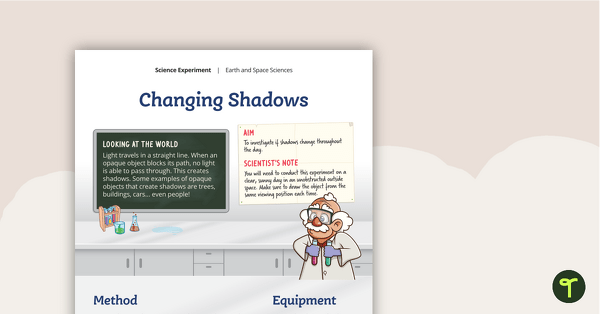
Changing Shadows – Science Experiment
A science experiment which explores how shadows change throughout the day.
- Plus Plan

Planets of the Solar System Posters
Use this set of visually striking and informative posters about the planets of our solar system in your classroom.
- Plus Plan
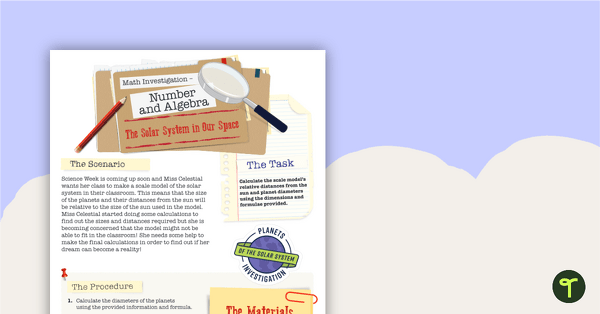
The Solar System in Our Space – Mathematics Investigation
A mathematics investigation about number and the scale of the solar system, embedded in a real-world context.
- Plus Plan
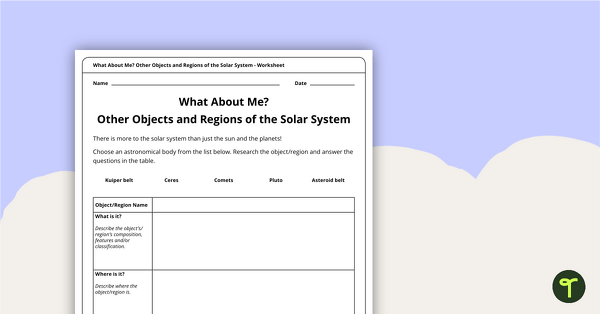
What About Me? Other Regions and Objects of the Solar System
A worksheet that explores other features in the solar system besides the sun and the planets.
- Plus Plan
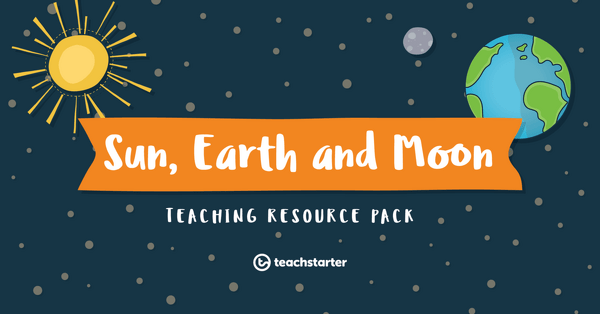
Sun, Earth, and Moon Teaching Resource Pack
A collection of teaching resources including posters, worksheets, and experiments to use when teaching your class about the interplay of the sun, Earth, and moon.
- Plus Plan
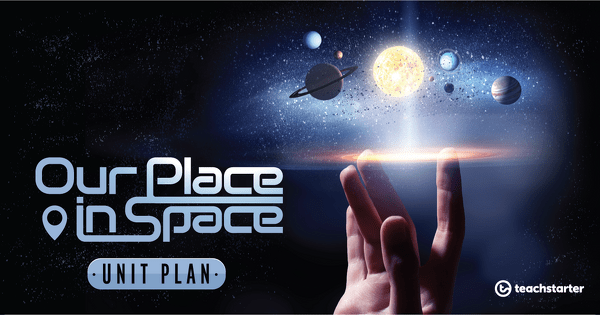
Our Place in Space - Unit Plan
This Earth and Space Sciences unit explores the concept that Earth is part of a system of planets orbiting around a star (the sun).
- Plus Plan
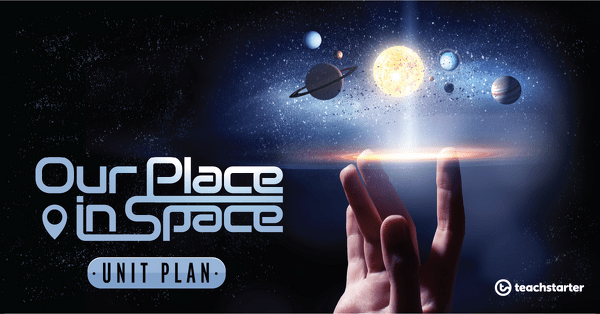
The Scale of the Solar System
- Plus Plan
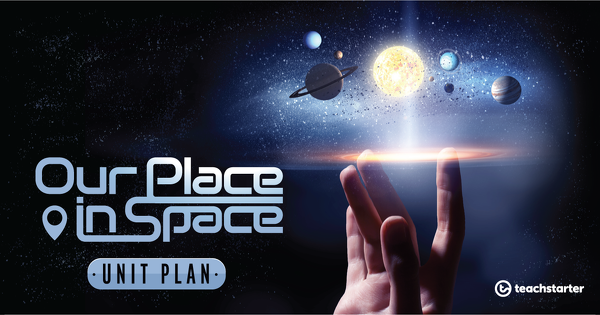
Diagram of the Solar System
- Plus Plan
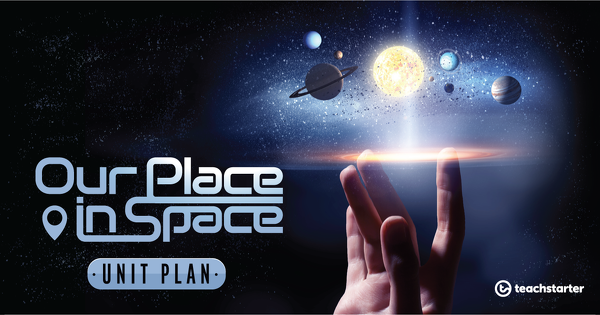
Interpreting the Night Sky
- Plus Plan
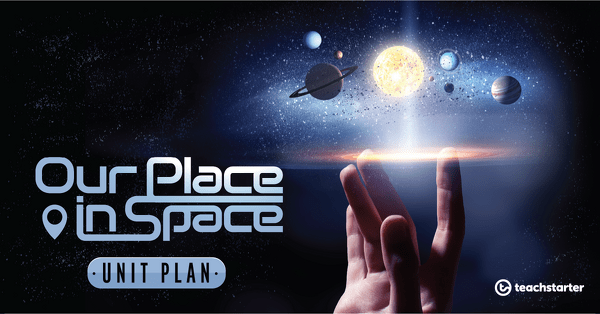
A Star, Some Planets and More!
- Plus Plan
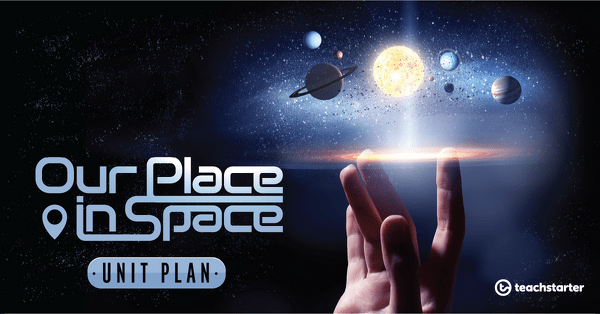
Sisters of the Solar System - The Jovian Planets
- Plus Plan
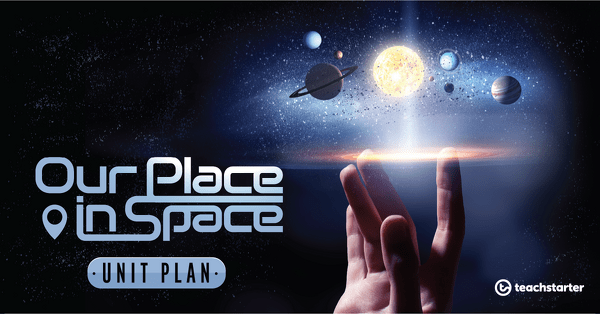
Sisters of the Solar System - The Terrestrial Planets
- Plus Plan
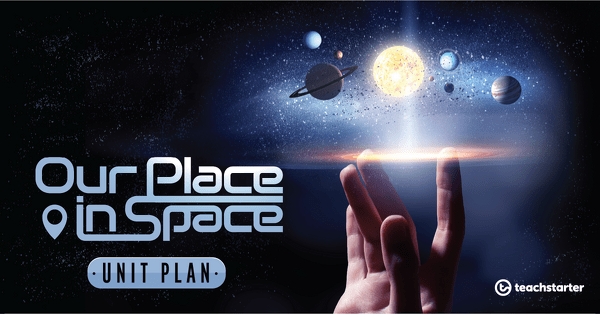
Earth - Third Rock From Sun
- Plus Plan
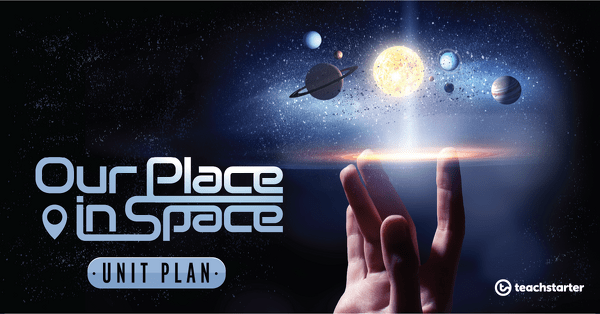
The Sun - Solar System Central
- Plus Plan
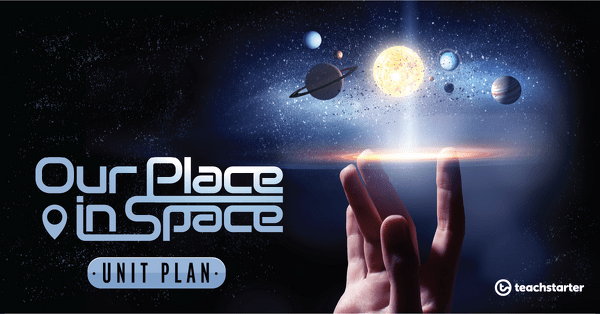
The Solar System Begins
-
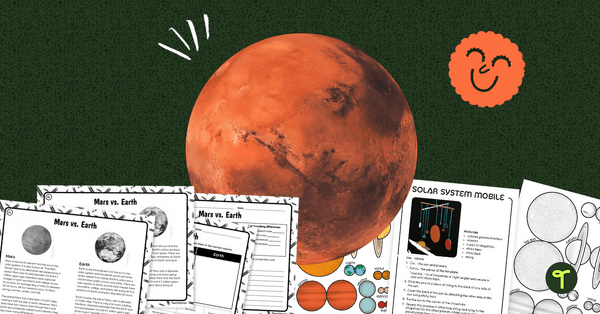
20 Fun Facts About Mars to Get Kids Excited About Your Space Lessons
Add these fun facts about Mars to your lesson plans — plus see our teacher team's favorite ways to use them in classroom activities!
-
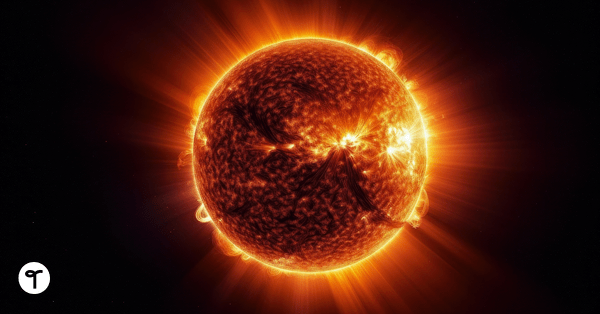
25 Fun Facts About the Sun for Kids to Share in Your Science Classes
Share these fun facts about the sun with kids in your classroom when teaching about space. Plus, explore teacher tips to help you use sun facts in your lesson plans.
-
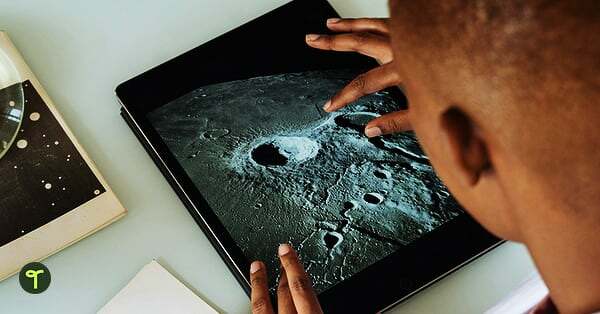
26 Fun Facts About the Moon for Kids That Teachers Can Use in the Classroom
Learn fun facts about the moon to inspire your kids in your class about space, plus teacher tips to help you incorporate moon facts into your lesson plans.
-
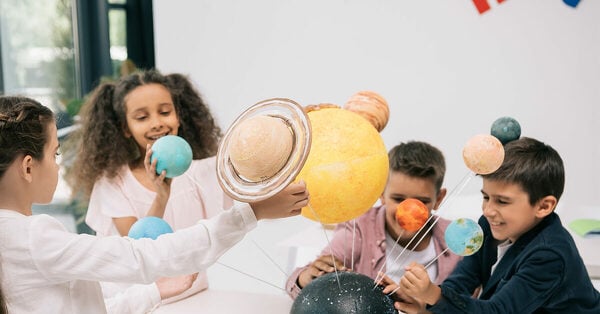
17 Out-Of-This World Space Activities for Kids + Teachers
Trying to take your space lessons to infinity and beyond? These space activities for kids incorporate math, ELA, and more!
